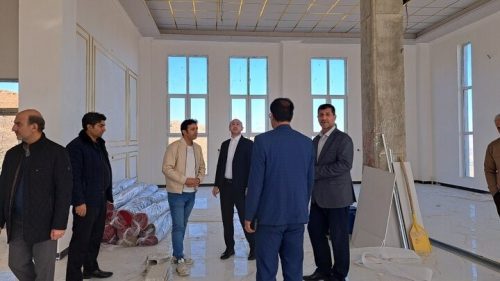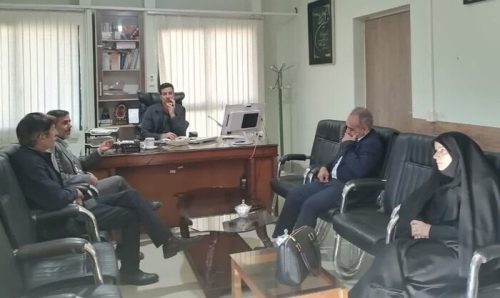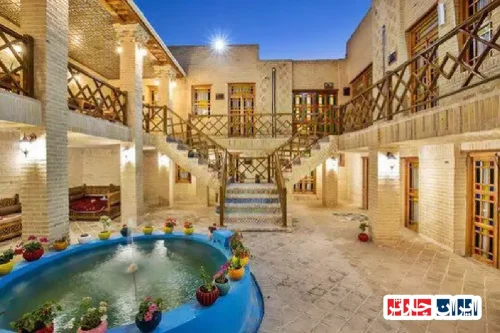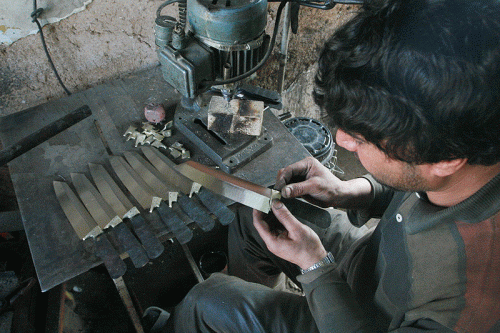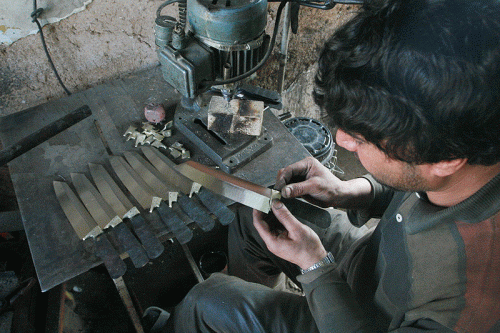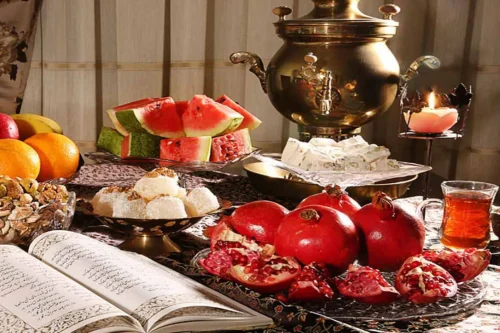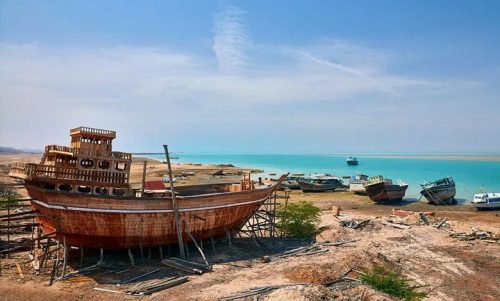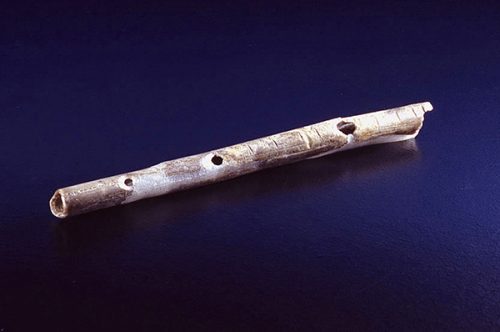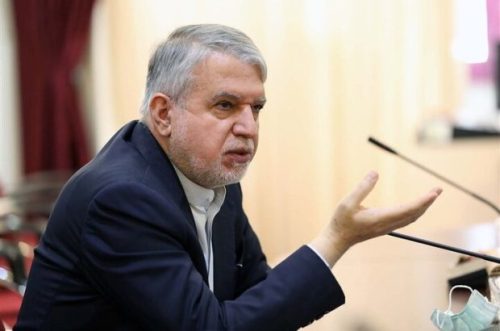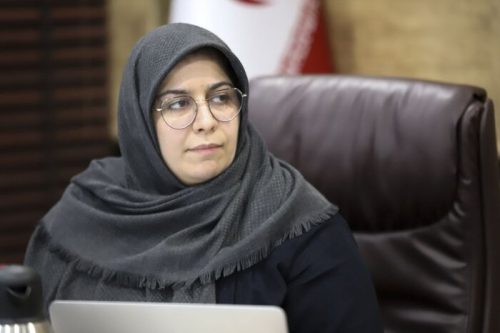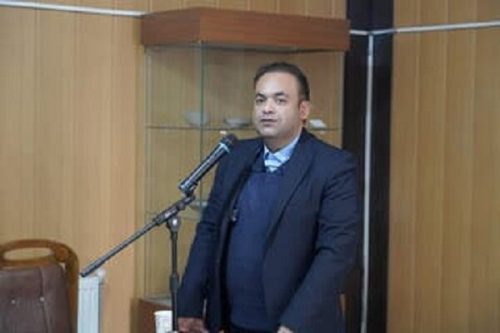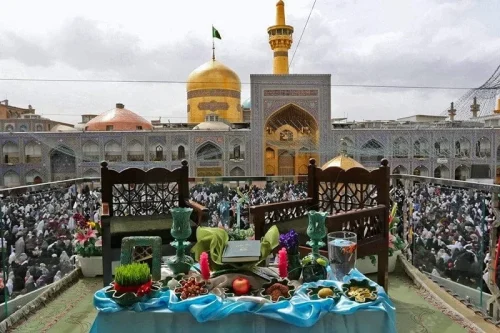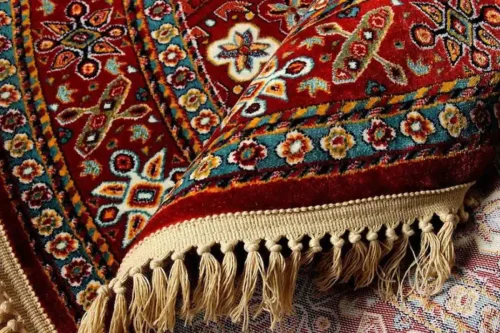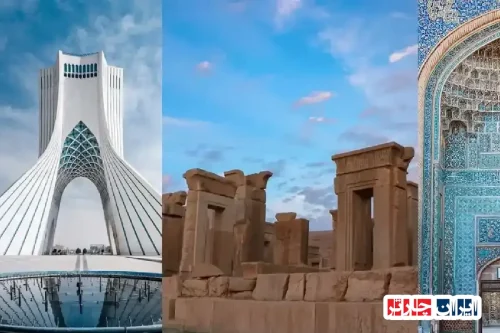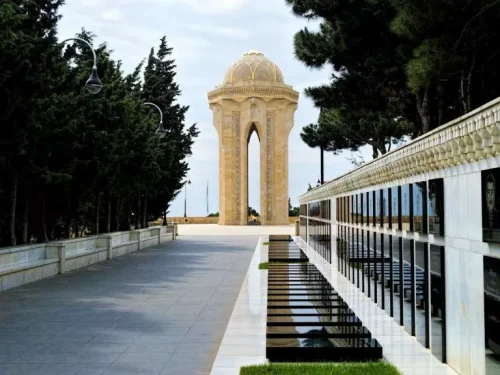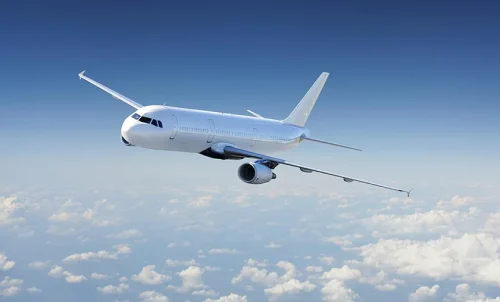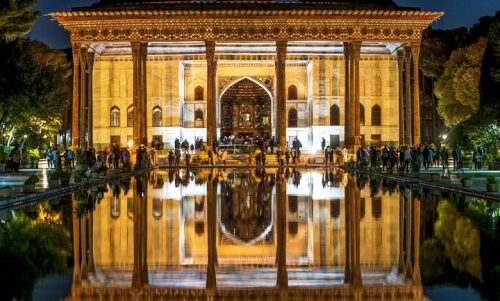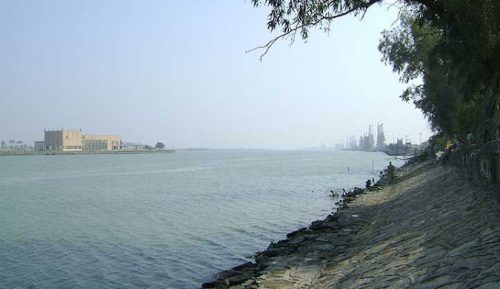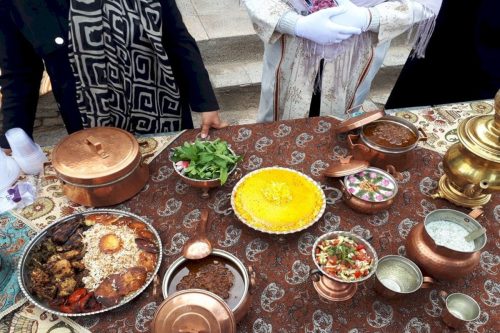1. Ancient Melodies: A Journey into the World of Ancient Iranian Instruments
Iran, a land of ancient and rich civilization, has always been a cradle of art and music. The ancient musical instruments of this land are not merely tools for creating pleasant melodies but also silent witnesses to the history, culture, and beliefs of its people throughout millennia. From archaeological excavations and the remaining inscriptions on historical artifacts, images of instruments have been obtained, some dating back thousands of years. These instruments, with their diverse shapes and sounds, open a window into the auditory world of our ancestors, acquainting us with the sounds that once echoed in this land.
The journey into the world of these ancient instruments is an exploration of the history of music and art in Iran. Understanding these instruments acquaints us with the way of life, ceremonies, and rituals of past peoples. Each of these instruments, with its unique structure and sound, has a story to tell; a story of creativity, skill, and artistic taste that has been passed down through centuries and generations. This valuable auditory heritage is a bridge between the past and the present, reminding us of our deep cultural roots.
2. Sounds of Civilization: The Role of Instruments in Ancient Iranian Culture
In ancient Iran, music and instruments played a role beyond mere entertainment and pleasure. They had a prominent presence in religious ceremonies, festivals, court rituals, and even battlefields. The inscriptions obtained from the Elamite, Median, Achaemenid, Parthian, and Sasanian civilizations display images of musicians and various instruments, indicating the high status of music in the social and cultural life of that era. Some of these depictions show large ensembles of musicians performing music in magnificent ceremonies, emphasizing the importance of group music as well.
Instruments in ancient Iran, in addition to their artistic aspect, also had symbolic and ritualistic dimensions. Certain sounds and melodies may have been associated with religious and mythological beliefs and were used in specific rituals. Examining these instruments and their role in historical texts and artifacts can provide valuable information about the worldview and cultural values of ancient Iranian societies.
3. From Tepe Sialk to Naqsh-e Rostam: Reinterpreting Ancient Iranian Instruments from Historical Artifacts
The ancient artifacts remaining in various parts of Iran are a valuable treasure trove for understanding the musical instruments of ancient times. From the pottery of Tepe Sialk with depictions of musicians to the magnificent carvings of Naqsh-e Rostam portraying courtly music scenes, each illuminates a piece of the puzzle of Iran’s musical history. For example, at Tepe Sialk, images of early stringed and percussion instruments are seen, while in the Sasanian-era reliefs at Naqsh-e Rostam, more advanced instruments such as harps and flutes appear.
Careful study of these historical artifacts has helped archaeologists and music researchers to reconstruct the appearance, playing methods, and possible sounds of some of these instruments. Comparing these findings with today’s traditional Iranian instruments reveals the continuity and evolution of some of these auditory heritages over time. This reinterpretation from historical artifacts creates a bridge between the silence of stone and the ancient melodies.
4. Technique and Structure: A Look at the Characteristics of Ancient Iranian Musical Instruments
The musical instruments of ancient Iran, with their diversity in structure and playing techniques, demonstrate the ingenuity and creativity of the instrument makers and musicians of that era. From simple instruments like the ney (reed flute) and early kamancheh (spiked fiddle) to more complex instruments like various types of harps with different numbers of strings, each had its unique characteristics. Examining the materials used in the construction of these instruments, such as wood, skin, and metal, also provides information about the technical knowledge and available resources at that time.
Playing techniques likely varied according to the structure of each instrument. For example, playing a stringed instrument with a bow is fundamentally different from playing a percussion or wind instrument. Although precise information about musical performance in that era is lacking, by studying the depictions and remains of instruments and comparing them with oral music traditions, hypotheses about playing techniques in ancient Iran can be proposed.
5. Auditory Heritage: The Influence of Ancient Iranian Instruments on Today’s Music
Although many ancient Iranian instruments are no longer played in their original form, their influence can be found in the structure and sound of some of today’s traditional Iranian instruments. For example, the modern kamancheh has roots in ancient bowed string instruments, and the tradition of playing the ney has a long history in this land. Comparative study of these instruments reveals a cultural and artistic continuity throughout history.
In addition to the direct influence on instrument structure, the auditory heritage of ancient Iran can also inspire contemporary composers and musicians. Familiarity with the possible sounds and melodies of that era can provide a basis for creating innovative works with an approach to the roots of Iranian music. This rich heritage is not only a memento of the past but can also be a source of creativity and innovation in the future of Iranian music.
FAQ
What do you consider the most significant archaeological findings related to ancient Iranian musical instruments? Findings such as depictions of instruments on the pottery of Tepe Sialk, carvings of musicians at Naqsh-e Rostam, and the remains of the instruments themselves, like those found in some ancient cemeteries, are highly significant.
How was the diversity of musical instruments in different ancient Iranian civilizations? There was considerable diversity, ranging from simple wind and percussion instruments in earlier periods to more complex stringed instruments like various types of harps in later periods such as the Sasanian era.
Is there a connection between ancient Iranian musical instruments and the myths or beliefs of that time? There likely was; certain sounds and instruments may have played a role in ritual and religious ceremonies and been associated with specific beliefs, although direct evidence in this area is limited.
What evidence is there of the evolution of instruments throughout different historical periods of Iran? Comparing depictions and remains of instruments from different periods shows that instruments gradually became more complex, the number of strings on stringed instruments increased, and their structures evolved.
How can ancient musical instruments contribute to a better understanding of the social and cultural life of that era? Instruments and their portrayal in artworks can provide information about ceremonies, celebrations, social classes, and the importance of music in those societies.
Did ancient Iranian musical instruments have similarities with those of neighboring regions at that time? There was likely mutual cultural influence, and similarities can be seen in some types of instruments, but Iranian instruments also maintained their unique identity.
What challenges exist in researching and reconstructing ancient Iranian musical instruments? The scarcity of intact remains of instruments, the absence of recorded sound sources, and the accurate interpretation of depictions and images are among the main challenges.
What is the role of music researchers and archaeologists in understanding ancient Iranian musical instruments? Archaeologists help by discovering and documenting remains and depictions, and music researchers contribute by analyzing these findings and comparing them with existing traditions.
Can ancient music and instruments inspire the creation of contemporary artworks? Yes, familiarity with this heritage can inspire today’s composers and musicians to create innovative works with an approach to the roots of Iranian music.
Why is preserving and understanding the heritage of ancient Iranian musical instruments important? This heritage is part of our cultural and artistic identity, and understanding it helps to better comprehend the history, culture, and art of Iran, and it can be a source of inspiration for future generations.

